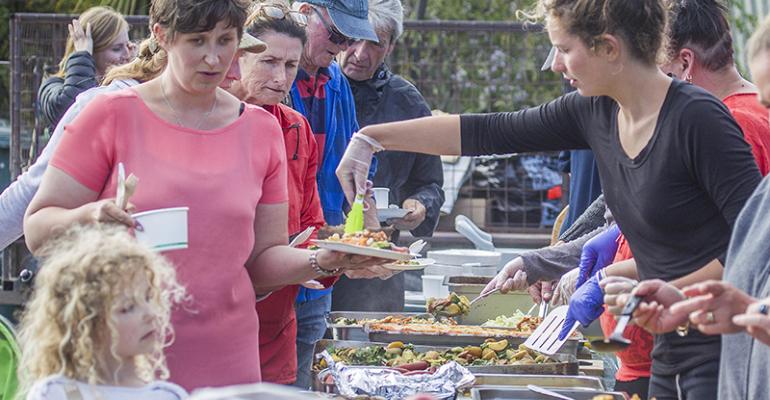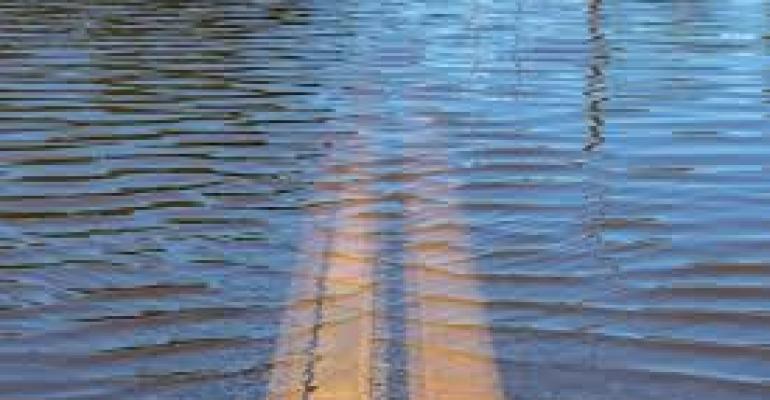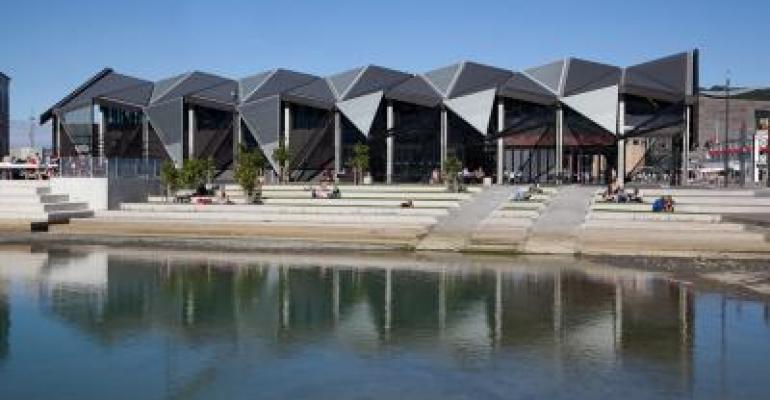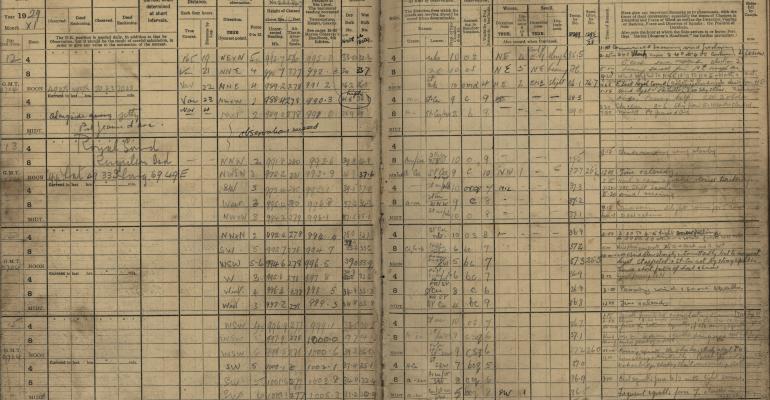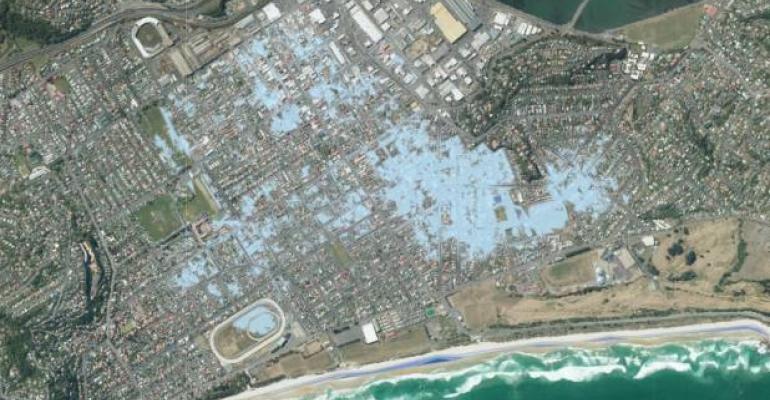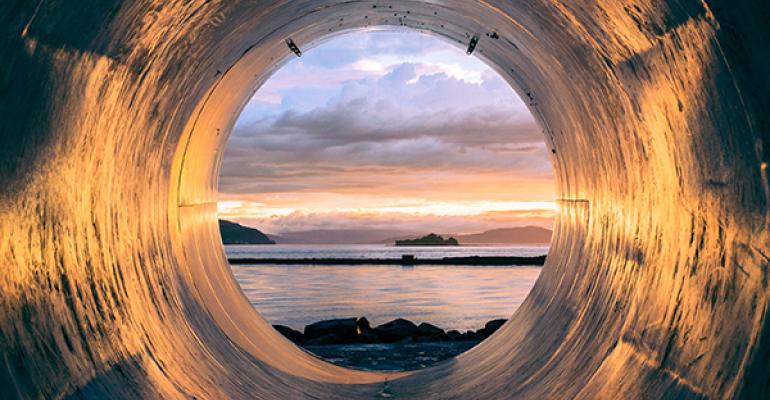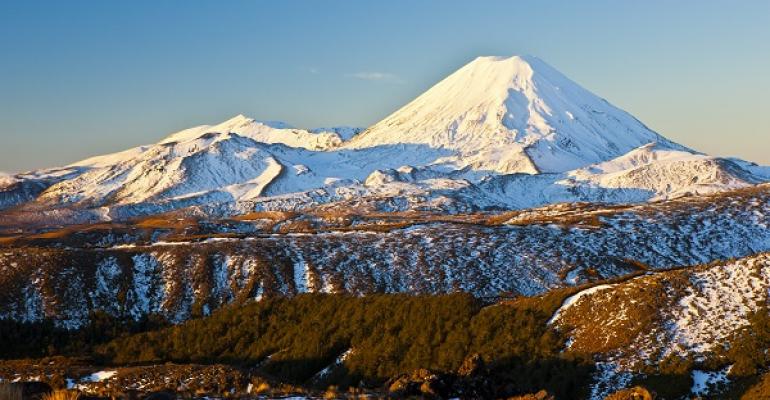
This workshop aims to support and develop a community of “climate ambassadors,” who can champion an informed and proactive climate adaptation agenda in research, policy, the public and private sectors and within local communities.
In order to “adapt, manage risk and thrive in a changing climate,” which is the mission of the Deep South Challenge, we need to better understand climate change impacts and implications, and we also need to raise our collective expertise in navigating the science–policy–business landscape.
Participants will learn from real-world adaptation case studies, with a focus on local government, policy and business. You will have opportunities for cross-sector conversations, to share your own expertise and experience, and to learn from other practitioners in climate science, local government and business.
This workshop will also build on participants’ existing knowledge and needs. We’ll take time to identify practical pathways and policy levers, as well as opportunities for you to build new networks and action plans.
Who is this event for?
This first workshop, held in Wellington, will focus specifically on the connection between research and decision-making in local and regional government. If you’re a local government professional, a consultant to local government, or a community member interested in the way government can set its climate adaptation agenda, this workshop is for you. We encourage researchers to participate, especially emerging voices in climate change impacts and implications. The workshop will help you build new connections and gain confidence in enabling knowledge transfer from research to policy and action.
The future
We’ll be holding similar workshops in Auckland, Christchurch and Dunedin throughout 2018. Feedback from these events will inform a second capacity-building phase in 2019. In this way we hope to build a community of influential ambassadors who can support local and national communities to adapt safely and smoothly to our changing climate.
Speakers and panelists
Stephen Daysh
Stephen is a director of the environmental consultancy Mitchell Daysh. He’s a Commissioner Chair under the Ministry for the Environment’s “Making Good Decisions” programme and has been a key participant in the Hawkes Bay “Clifton to Tangoio Coastal Hazard Strategy 2120”.
Judy Lawrence
Judy is a Senior Research Fellow at the New Zealand Climate Change Research Institute at Victoria University of Wellington and leads two projects in the Deep South Challenge. Judy is co-chair of the Climate Change Adaptation Technical Working Group and was a co-author of the recently released Ministry for the Environment guidance for local government, Coastal Hazards and Climate Change.
Iain Dawe
Iain is a Senior Policy Advisor (Coasts and Hazards) at the Greater Wellington Regional Council. He investigates coastal hazard management, research, policy development, analysis, implementation and advice and in the course of his work is also a science communicator.
Andrew Tait
Andrew is a Principal Climate Scientist with NIWA. He works with internal and external climate modellers to assess climate data and related impacts. He also works closely with non-science partners to communicate climate science effectively.
Wendy Saunders
Wendy is a GNS social scientist specialising in land use planning and natural hazards – including hazards that are exacerbated by climate change. A core part of Wendy’s work is engaging with communities, councils and others, to improve the way natural hazards are incorporated into planning. Wendy also leads the Deep South Challenge’s Engagement Programme.
Teanau Tuiono (facilitator)
Teanau works at the intersection of indigenous peoples’ issues and the environment. He has a diverse range of experience managing, facilitating and working on projects at the national, regional and international level, including at a number of UN processes. He was previously based at the Indigenous Knowledge and Small Islands section at UNESCO and currently produces educational resources for Māori Medium audiences.
Register
Registrations close 20 April and places are limited. Register using this link here.
Price:
Price: $175+GST (If cost is a barrier, please email us)
